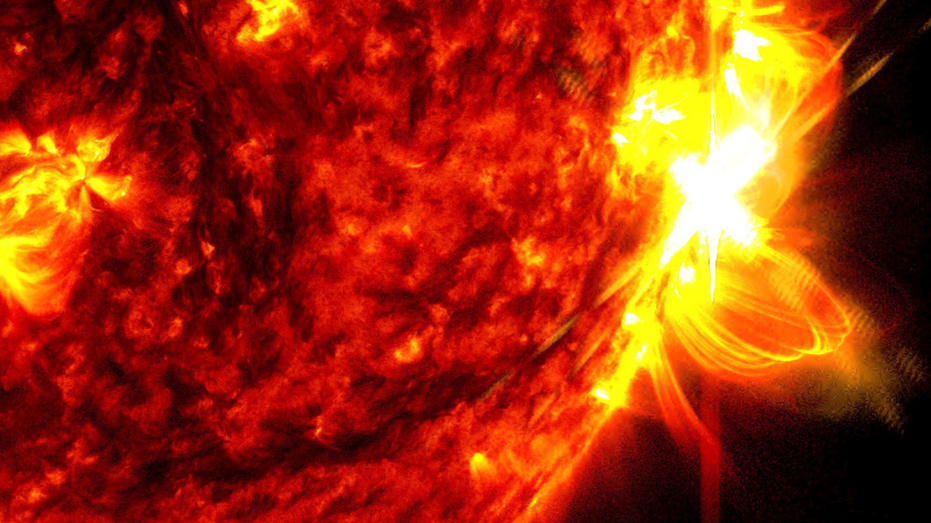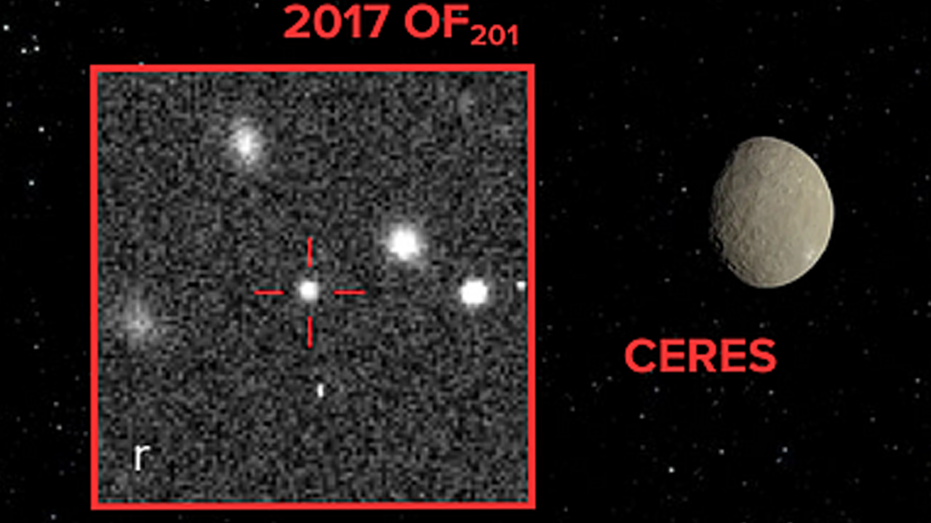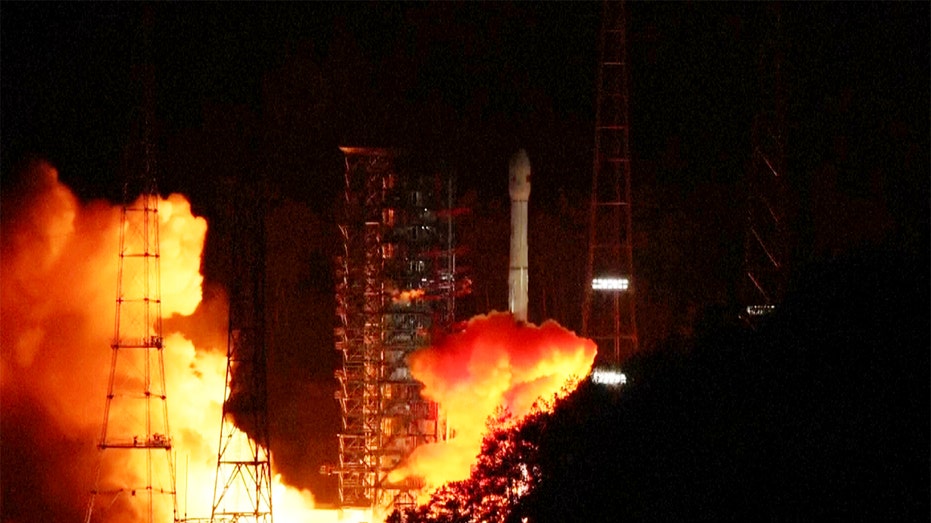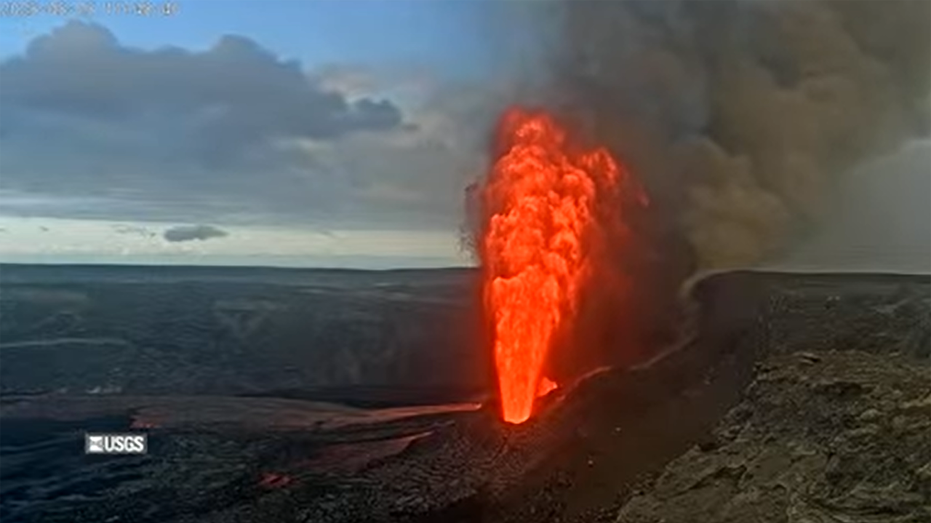Severe Geomagnetic Storm Could Strain Power Grids as U.S. Reels from Hurricane Destruction

Sarah Johnson
March 3, 2025
Brief
A severe solar storm hit Earth, threatening vulnerable power grids after recent hurricanes. NOAA warns of geomagnetic disruption, potential auroras, and ongoing monitoring as the Sun's activity peaks.
A severe solar storm slammed into Earth on Thursday, threatening to further strain power grids already tested by the aftermath of back-to-back hurricanes. Space weather forecasters from the National Oceanic and Atmospheric Administration (NOAA) confirmed the arrival of a Coronal Mass Ejection (CME) from the Sun at around 11 a.m., triggering severe geomagnetic storm conditions classified as G4.
NOAA described a severe geomagnetic storm as a significant disturbance in Earth’s magnetic field, with fluctuations in intensity expected as the CME continues its passage. Such storms can disrupt power grids, satellites, and GPS systems, adding a fresh layer of complexity to recovery efforts in hurricane-affected regions.
"Storm conditions are anticipated to occur overnight as CME progression continues," NOAA stated. The agency had issued warnings earlier this week, alerting power plant operators and spacecraft controllers to take precautions. The Federal Emergency Management Agency (FEMA) was also notified, given the potential for power disruptions, particularly in areas ravaged by Hurricane Helene and Hurricane Milton. Milton, a Category 3 storm with winds reaching 120 mph, made landfall near Siesta Key, Florida, on Wednesday night.
Fortunately, NOAA experts do not expect this solar storm to surpass the intensity of May's event, which was the strongest in over 20 years but caused no major disruptions. "Florida is far enough south to avoid significant power impacts unless the storm intensifies dramatically," said Rob Steenburgh, a scientist at NOAA's Space Weather Prediction Center.
Still, concerns remain for power grids in hurricane-hit areas. "Those regions are already vulnerable, so any added stress from geomagnetic activity could be problematic," noted Shawn Dahl, another NOAA forecaster.
On the brighter side, literally, the storm may dazzle sky gazers with northern lights visible as far south as the lower Midwest and Northern California. Experts recommend using smartphone cameras to capture auroras, which are often more vivid in photos than to the naked eye.
The increased solar activity comes as the Sun approaches the peak of its 11-year cycle, a time historically linked to heightened space weather events. May’s solar storm, despite its intensity, mainly gifted the Northern Hemisphere with breathtaking auroras, sparing Earth from significant disruptions. Forecasters hope this latest event follows a similar pattern, but as always, they are keeping a vigilant watch.
As NOAA's Steenburgh aptly put it, "Why we’re here is to let them know so that they can prepare." Let’s hope the combination of stellar science and human resilience keeps things running smoothly.
Topics
Editor's Comments
It’s wild to think that while we’re dealing with hurricanes on the ground, the Sun’s out here throwing tantrums at us from millions of miles away. If nothing else, the northern lights might be a small consolation prize for all the chaos. But seriously, power grids in hurricane-hit regions? That’s like kicking someone when they're already down. Mother Nature, can we catch a break?
Like this article? Share it with your friends!
If you find this article interesting, feel free to share it with your friends!
Thank you for your support! Sharing is the greatest encouragement for us.



